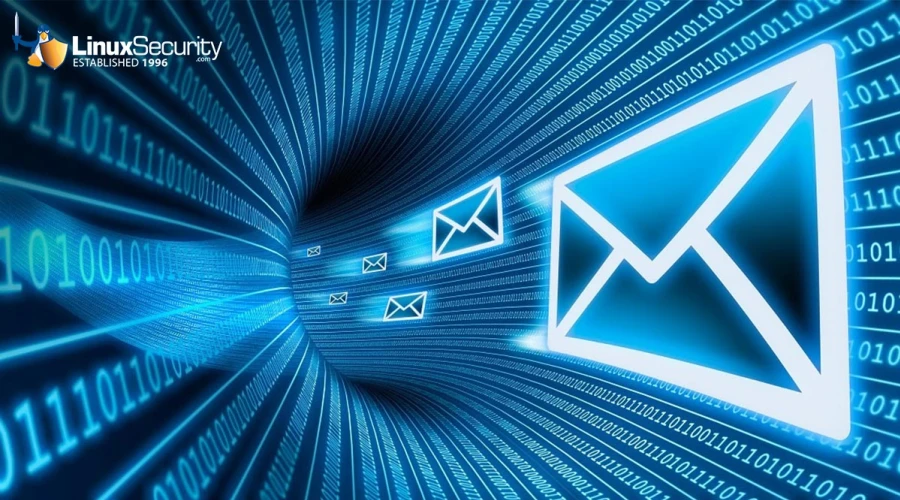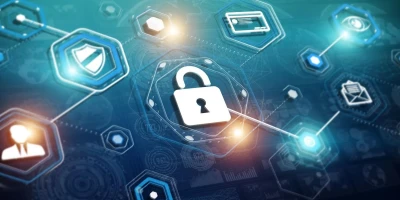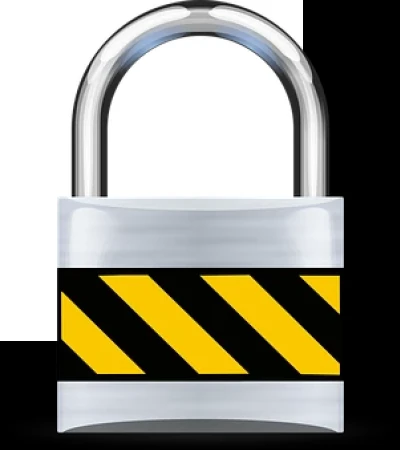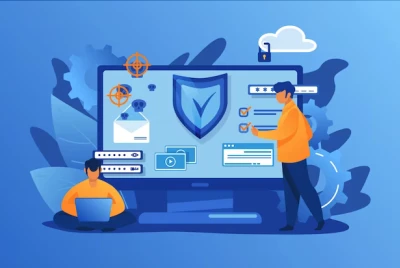
Communication integrity is a primary concern for all individuals and organizations in this modern digital world. Email is one of the most prevalent modes of communication, and messages often contain sensitive information that, if intercepted by unauthorized personnel, might have serious consequences. Email encryption is vital for ensuring advanced electronic communication security in such scenarios.
In this article, I look at some of the intricacies around email encryption along with Fedora hardening advisories, how it differs from secure email practices, its pros and cons, and why it matters in securing Linux communications against cyber threats.
Understanding Email Encryption: Definition & Mechanisms
Email encryption refers to the process by which different algorithms change the contents of an email into an unreadable format. Only the intended recipient with the correct decryption key can read this. The information changed in cipher text is protected from unauthorized use, and data breaches cannot occur through interception or compromise.
CISA recommends email encryption when sensitive information is being sent out. This minimizes the risk of unauthorized access and maintains confidentiality.
On the other hand, secure email is a more general term referring to the mechanisms that ensure the integrity and confidentiality of emails during transfer.
Secure emails provide a safe channel between the sender and the recipient using protocols like Transport Layer Security (TLS) or Secure Sockets Layer (SSL). While encryption is a major part of secure email best practices, not all emails are encrypted end-to-end.
What is an encrypted email?
 An encrypted email is a message whose content is encoded through encryption techniques. The sender encrypts the email content with a public key, and the receiver decrypts it with their private key. In this way, interception may occur, but the content of the email will remain confidential. GnuPG and S/MIME are two applications that offer end-to-end encryption.
An encrypted email is a message whose content is encoded through encryption techniques. The sender encrypts the email content with a public key, and the receiver decrypts it with their private key. In this way, interception may occur, but the content of the email will remain confidential. GnuPG and S/MIME are two applications that offer end-to-end encryption.
Encryption ensures that the intercepted content can't be deciphered even when the attackers access the email servers without the proper keys.
The general features associated with encrypted email include the following: protection against transport of sensitive data between the mail servers by using cryptographic keys-a public key for encryption and a private key for decryption-can be provided with the Transport Layer Security, standard for public key encryption and digital signing of emails using Secure/Multipurpose Internet Mail Extensions, and verification regarding authenticity and integrity of the content by digital signatures.
What is a secure email?
Secure email uses different forms of protection through safe transmission across networks. It aggregates several security protocols that ensure integrity, authenticity, and confidentiality in email transmissions. Secure email often involves encryption, but it might be initiated with other approaches, such as MFA, which would involve two-factor authentication using an extra layer of security with OTPs or biometric scans.
Passwords are significant and should be strong, long, and complicated to avoid hacking. Access rights can confine access to email by allowing only the right people in. Malware protection can scan any attachment or link because of its threat potential. Anti-phishing tools help prevent phishing attacks by verifying the sender's authenticity.
The Significance of Email Encryption
 Research denotes that 94% of organizations have fallen prey to phishing attacks, and cybercrime has become pervasive. Poor email security can have devastating ramifications: financial loss, damage to brand reputation, and eroded customer confidence. As Edward Snowden said, "Arguing that you don't care about the right to privacy because you have nothing to hide is no different than saying you don't care about free speech because you have nothing to say." This cannot be emphasized when taking proactive preventative measures to protect sensitive information, such as encrypting emails.
Research denotes that 94% of organizations have fallen prey to phishing attacks, and cybercrime has become pervasive. Poor email security can have devastating ramifications: financial loss, damage to brand reputation, and eroded customer confidence. As Edward Snowden said, "Arguing that you don't care about the right to privacy because you have nothing to hide is no different than saying you don't care about free speech because you have nothing to say." This cannot be emphasized when taking proactive preventative measures to protect sensitive information, such as encrypting emails.
Advantages of Sending Encrypted Emails
One of the major benefits of sending encrypted emails is security. Astoundingly, 95% of business leaders report they are concerned about email security because the results of a cyber intrusion can be devastating. Encrypted emails prevent unauthorized access, meaning only those intended to receive the information in the content can read it, even if hackers compromise the recipient's email account.
Meanwhile, despite all the publicity about cybersecurity, only 14% of email operatives use encryption. Individuals and organizations must protect personal and sensitive information like social security numbers, health data, and credit card details. Email encryption keeps the privacy of one's data intact by safeguarding the contents of an email from unauthorized exposure.
Moreover, organizations operating in regulated industries such as healthcare or finance are bound by strict regulations like GDPR, HIPAA, and PCI DSS. Encryption of emails enables such organizations to comply with these regulations by responsibly handling data and avoiding potential penalties. This email encryption feature will allow businesses to uphold customer trust and thus minimize risks related to data breaches.
Yet another considerable advantage is being able to distinguish real emails from spam. Of the 162 billion emails sent daily, determining the real ones from malicious spam is a substantial task. Encrypted emails that use digital signatures guarantee the sender's authenticity. This feature helps reduce the risks of phishing attacks and malware infiltrations.
Drawbacks of Sending Encrypted Emails
 Despite these benefits, sending encrypted emails has a fair number of drawbacks. Email encryption can be complicated and require substantial time, particularly for entities that use end-to-end email encryption or S/MIME and PGP protocols.
Despite these benefits, sending encrypted emails has a fair number of drawbacks. Email encryption can be complicated and require substantial time, particularly for entities that use end-to-end email encryption or S/MIME and PGP protocols.
Secondly, compatibility issues might vary because encrypting emails requires both the sender and the receiver to use compatible encryption techniques. Any mismatch in the mail clients or systems could congest the decryption process, and hence, the encrypted message would not be accessible.
Besides that, decryption may be a bit inconvenient for many recipients, especially those not as well-versed in technology. Additionally, should access to the encryption keys be lost, retrieving some crucial information on time could be a problem, thus delaying communication and probably decision-making.
More challenging is the management of the encryption keys themselves. Poor key management consists of arranging keys based on their storage on public servers, which largely creates unauthorized access to sensitive information. For example, sensitive military data once leaked out due to bureaucratic arrangements involving poor key management practices.
Our Final Thoughts on the Importance of Email Encryption for Linux Users
Since cyber threats change daily, the role of email encryption in making digital messages secure cannot be undermined. Understanding the differences between secure and encrypted emails is essential for any organization trying to enhance its email security. Besides improving security features, encrypted emails help ensure data privacy and compliance with regulations.
However, significant challenges include reducing complexity and making key management easier. Robust email encryption practices and a general trend towards raising cybersecurity awareness will help an institution protect sensitive information against phishing attacks that lead to data compromise. An organization must also realize that email encryption creates complexity and headaches, such as incompatibility and key management problems. Regardless, the benefits of email encryption far outweigh the drawbacks.
Do you have additional questions about securing your email as a Linux user? Reach out to us @lnxsec—we're here to help!













